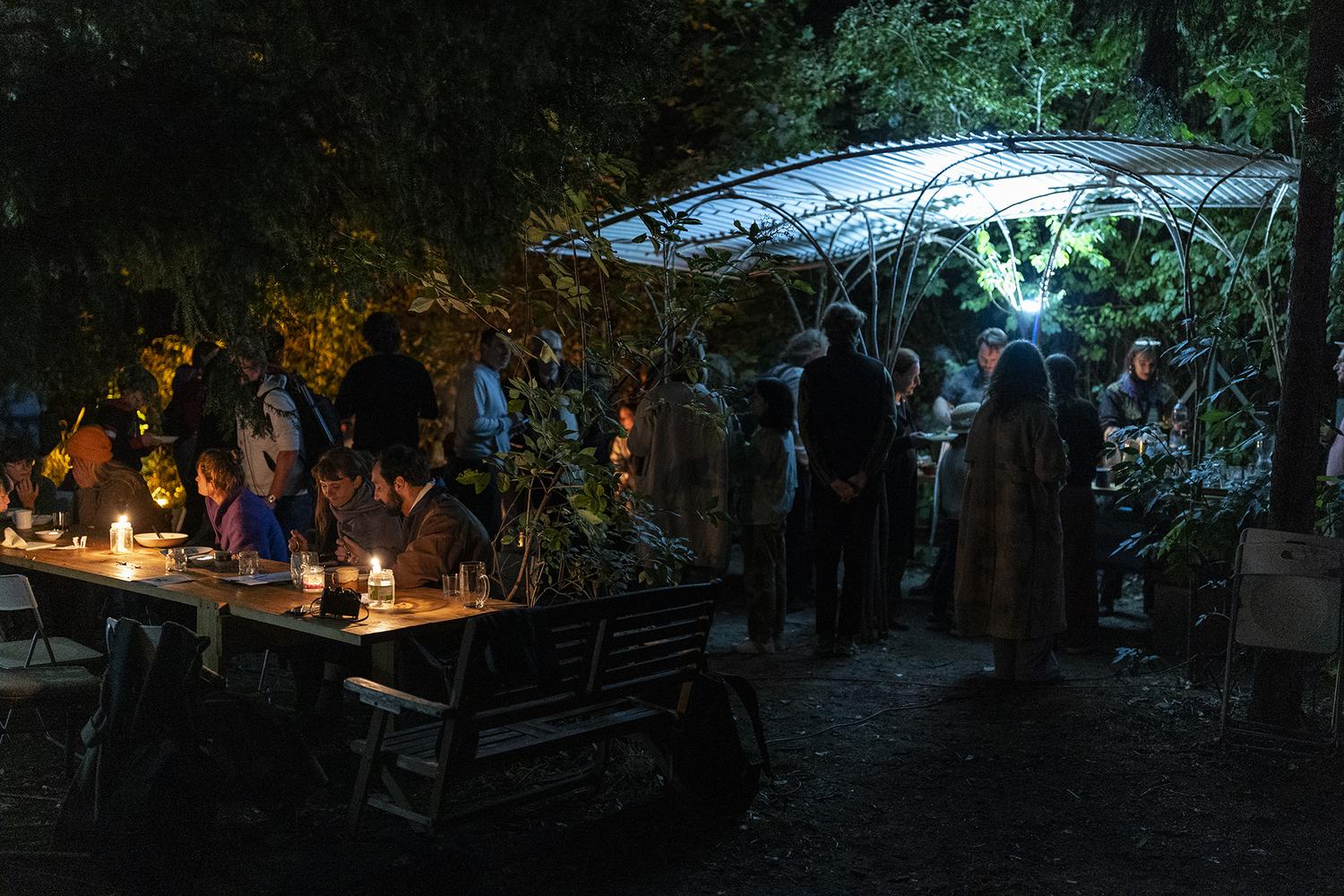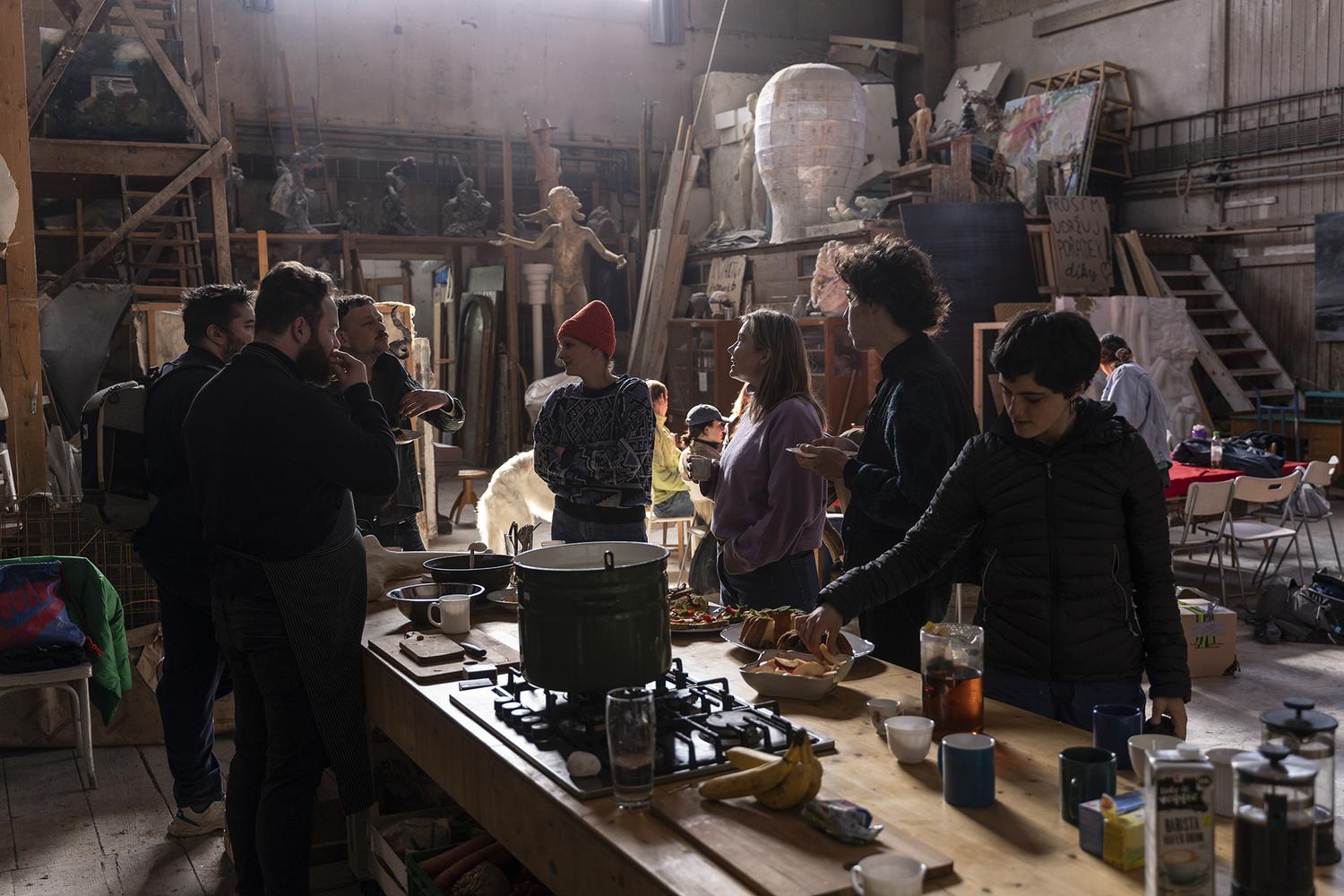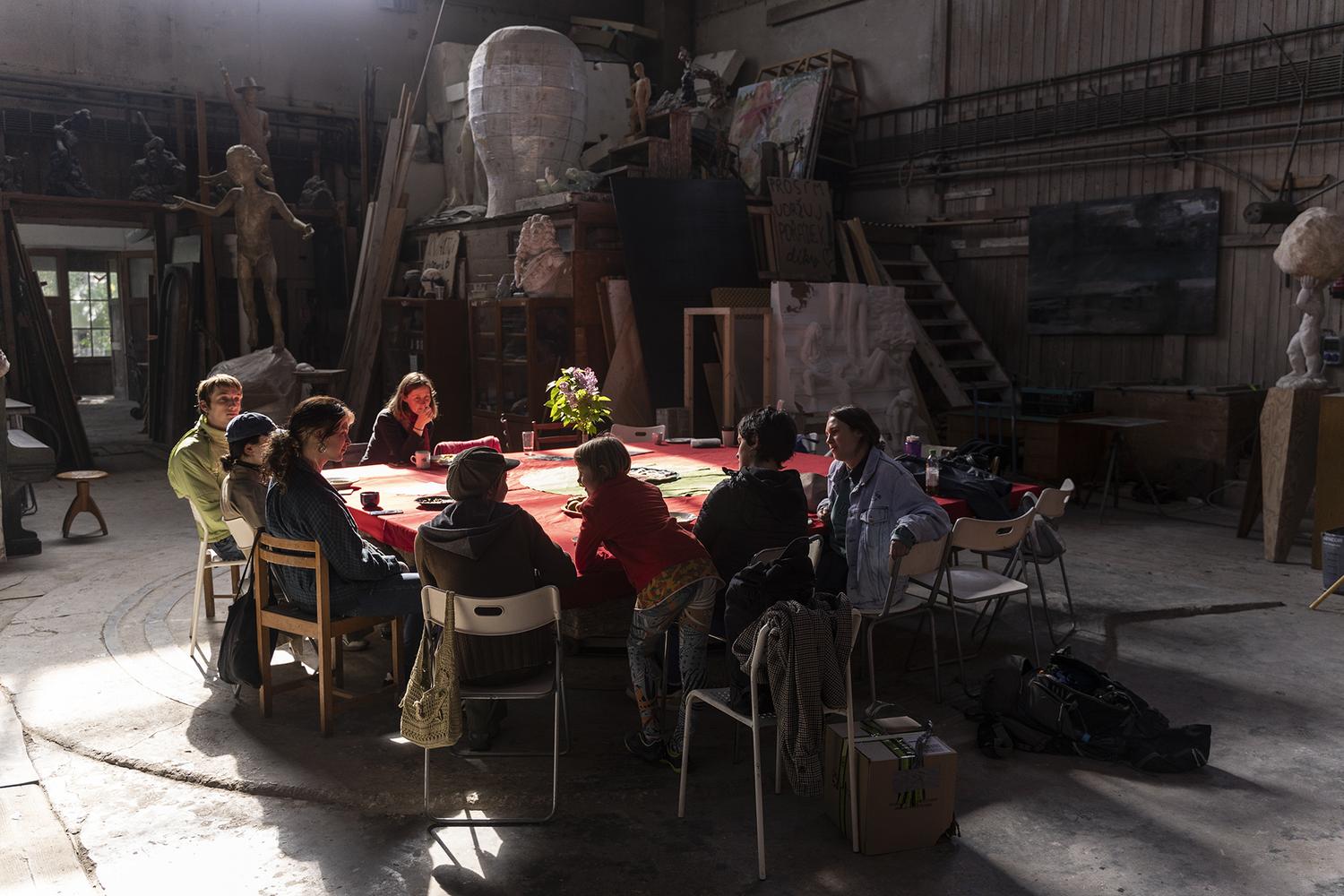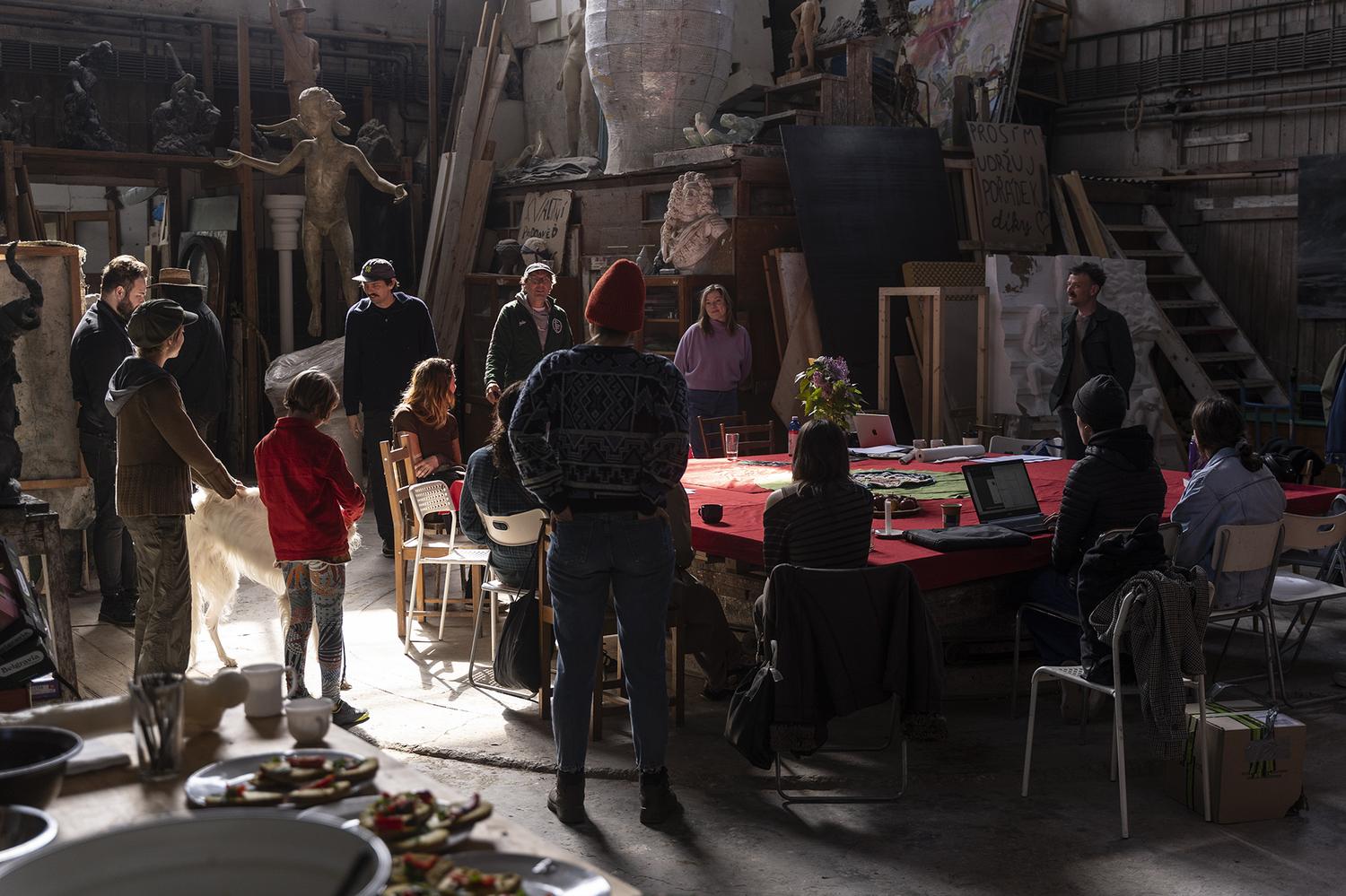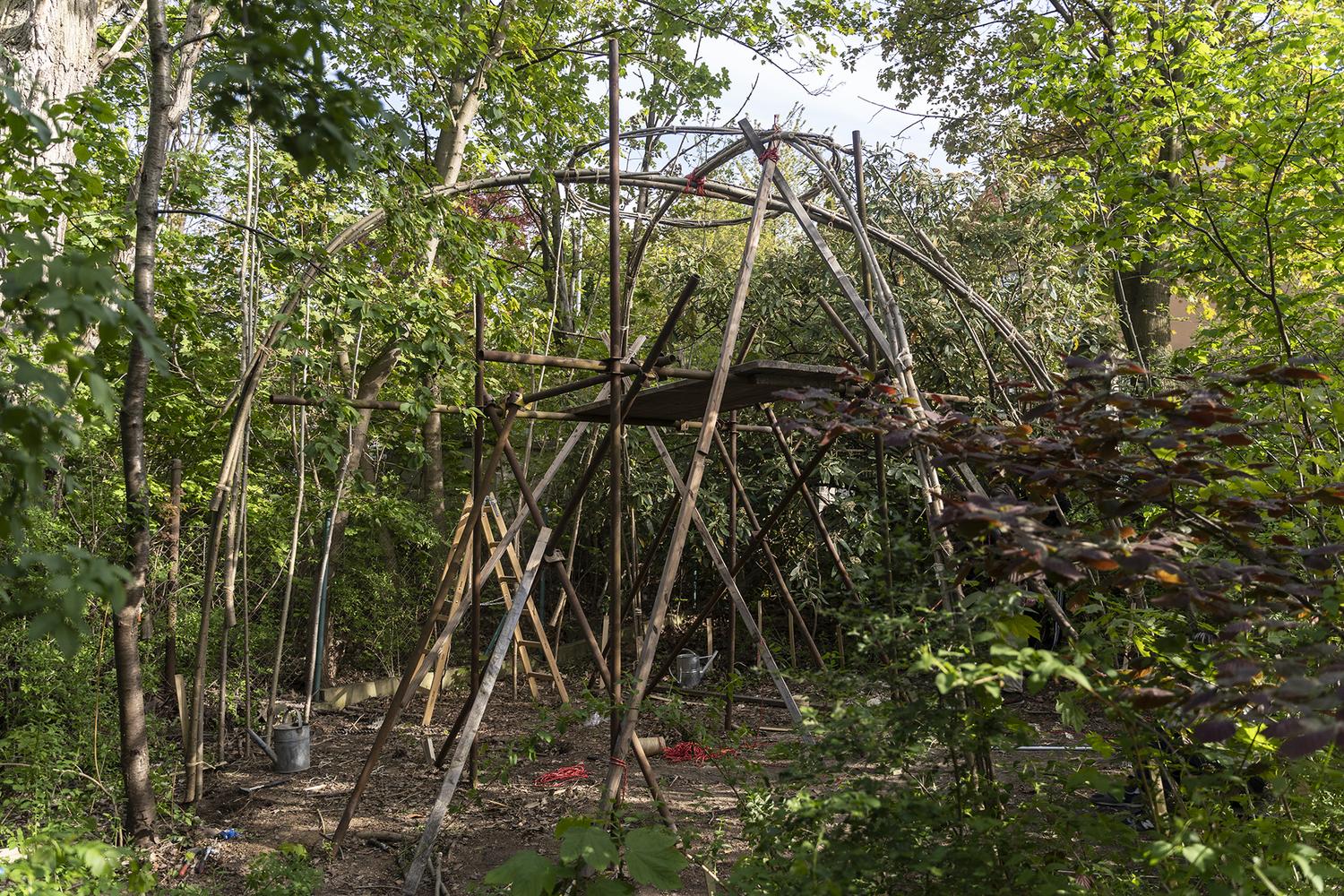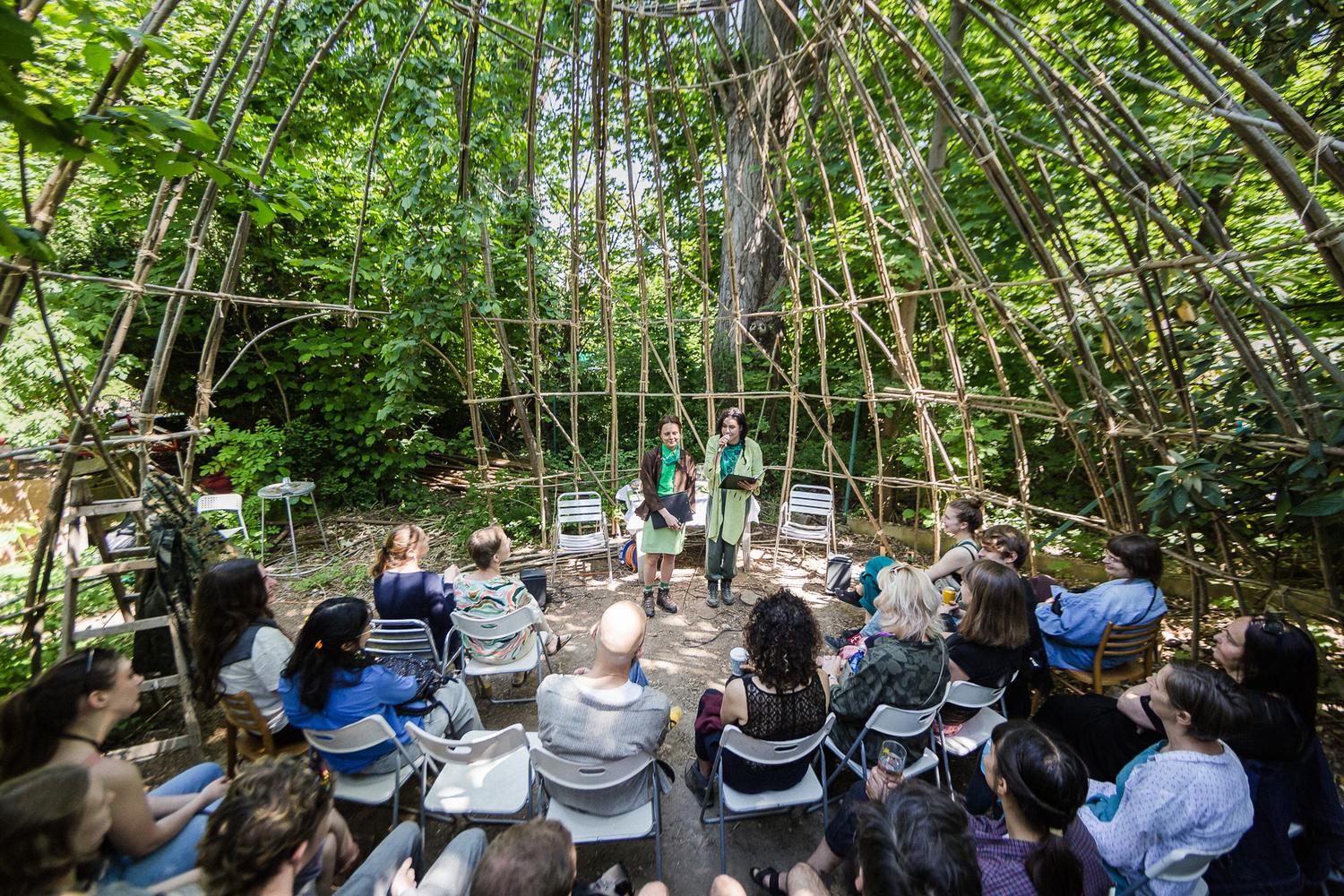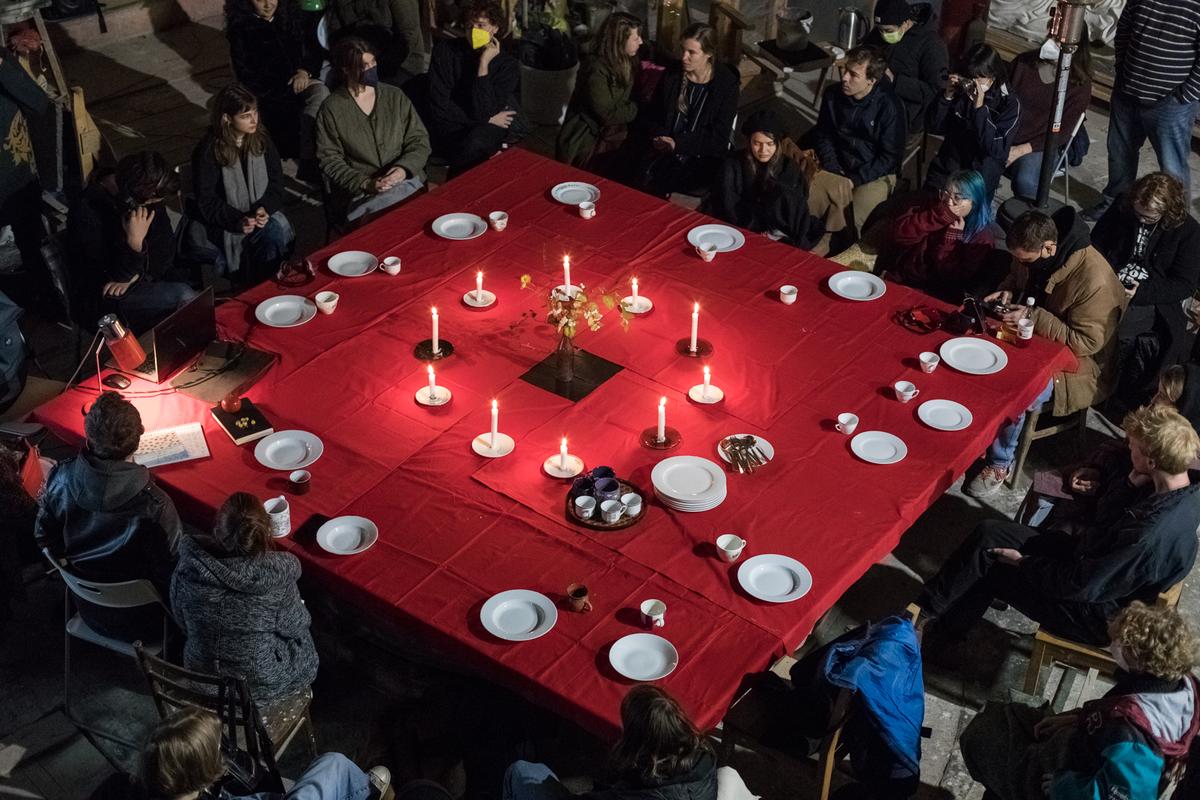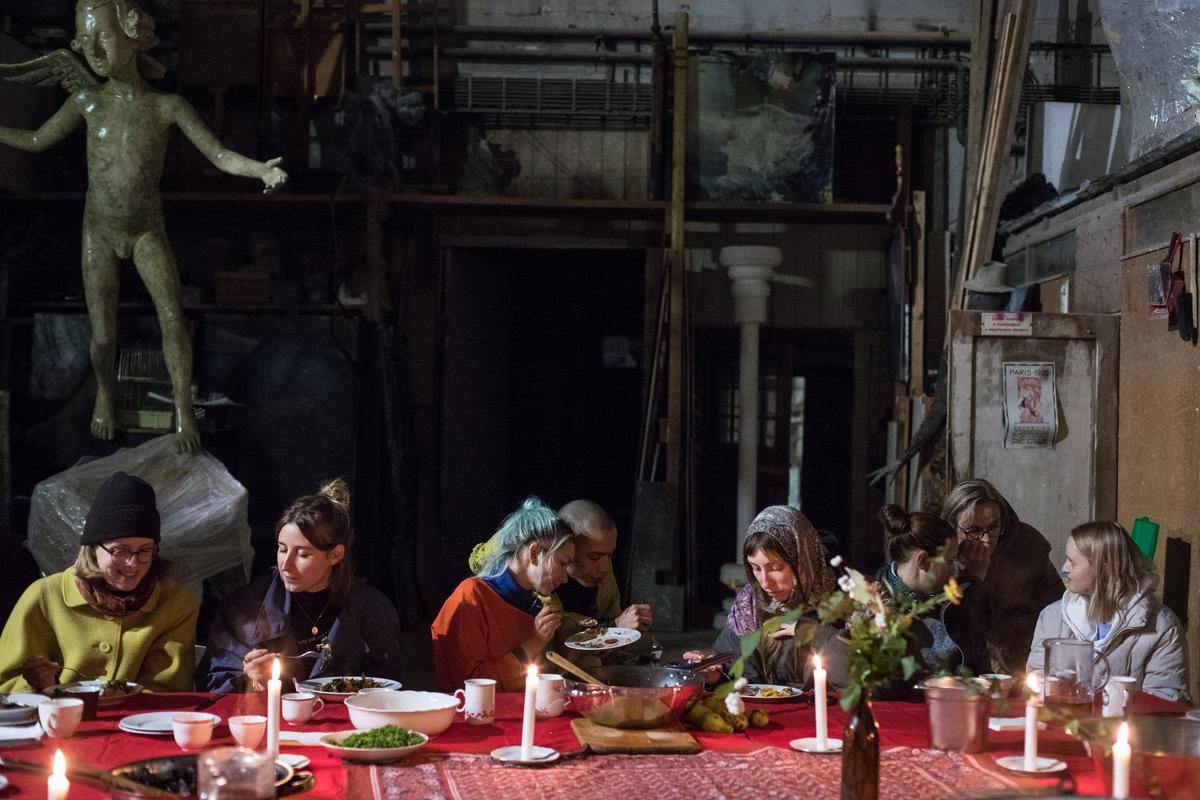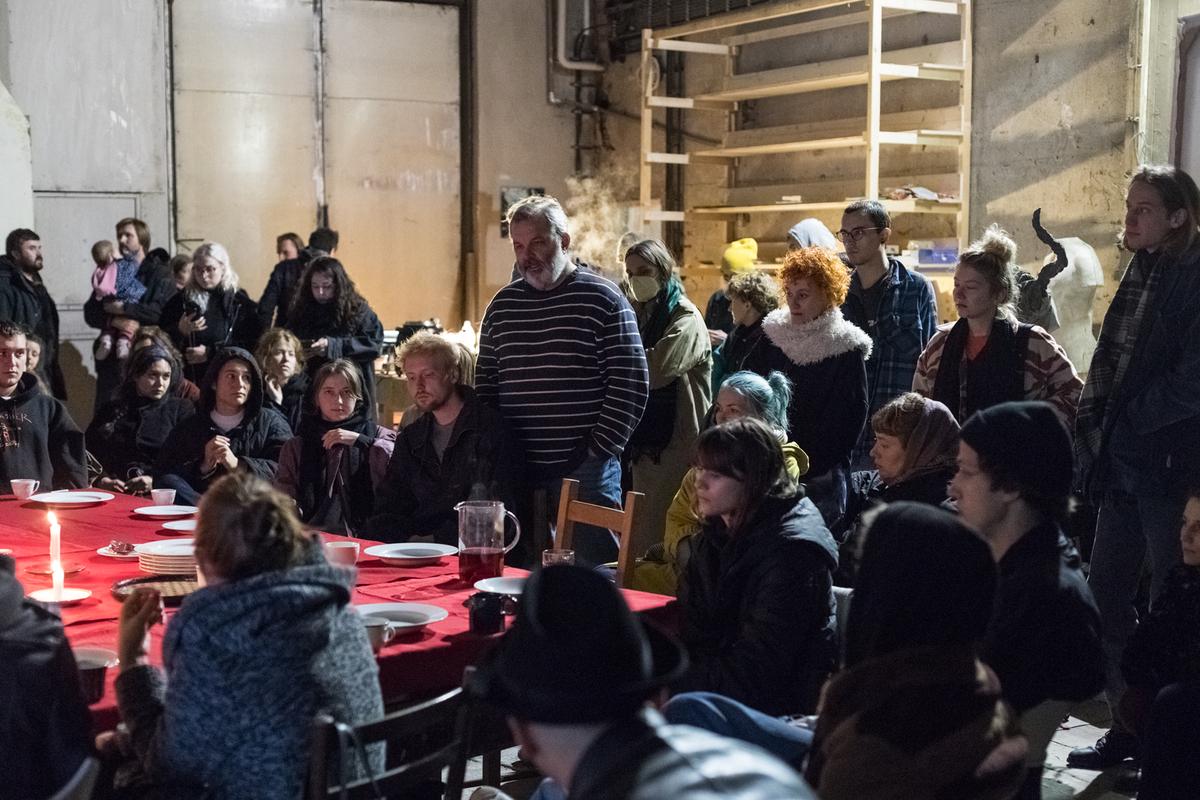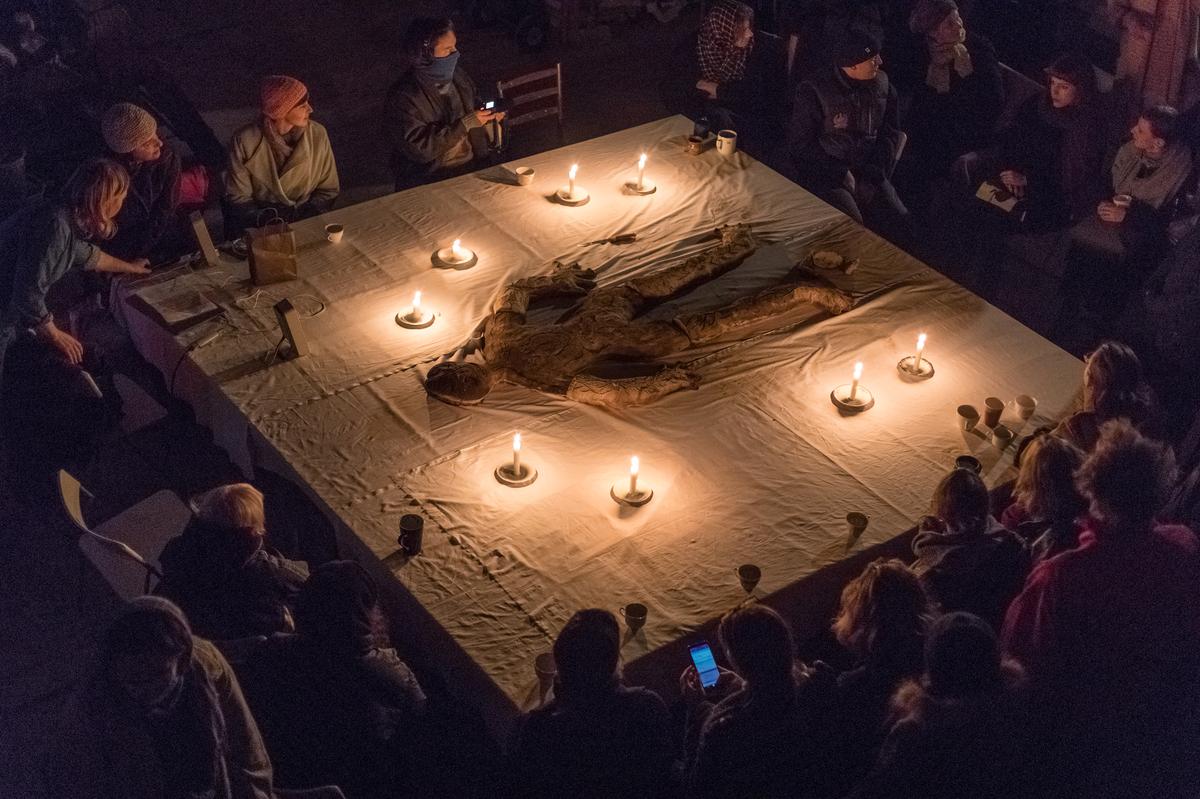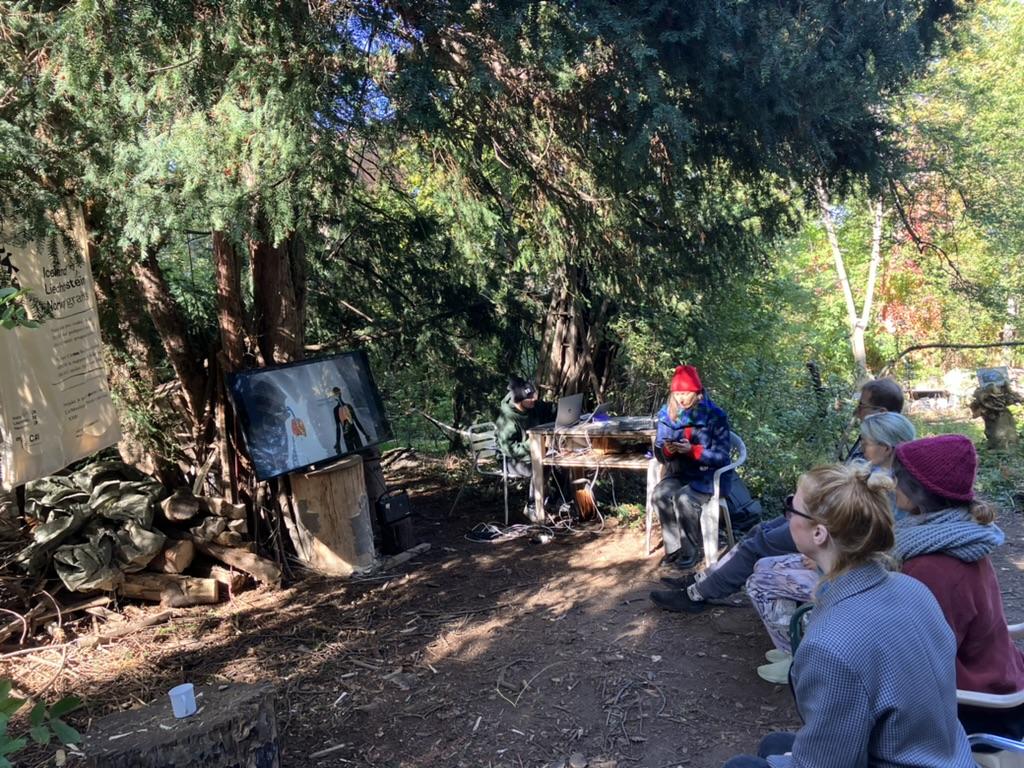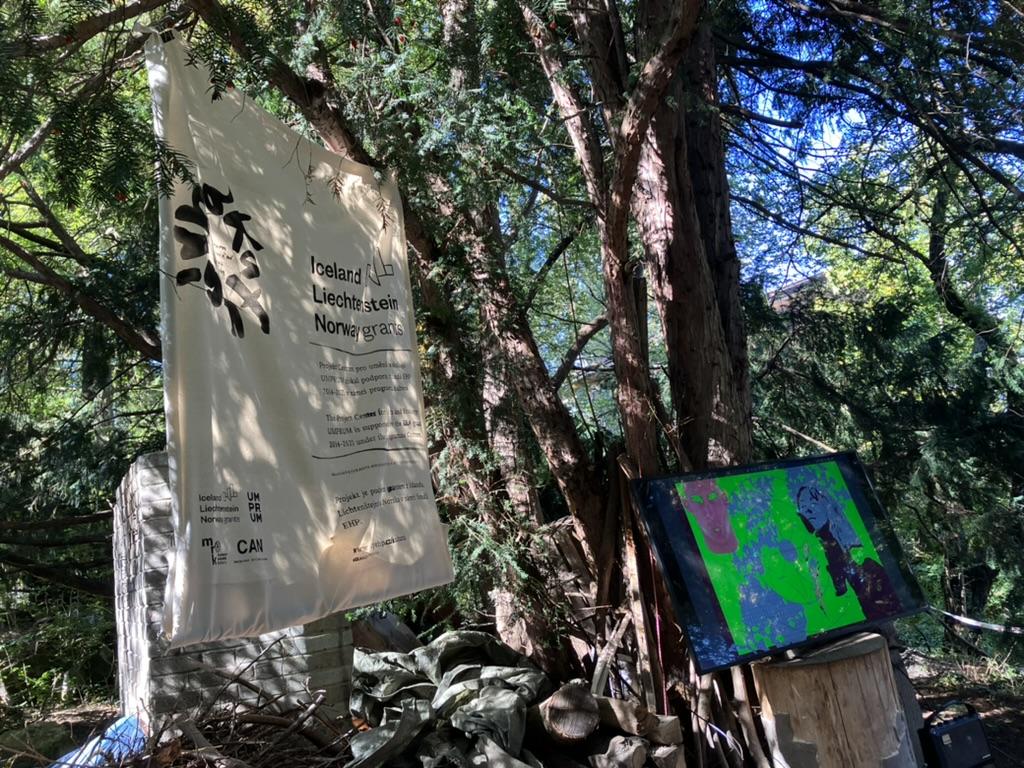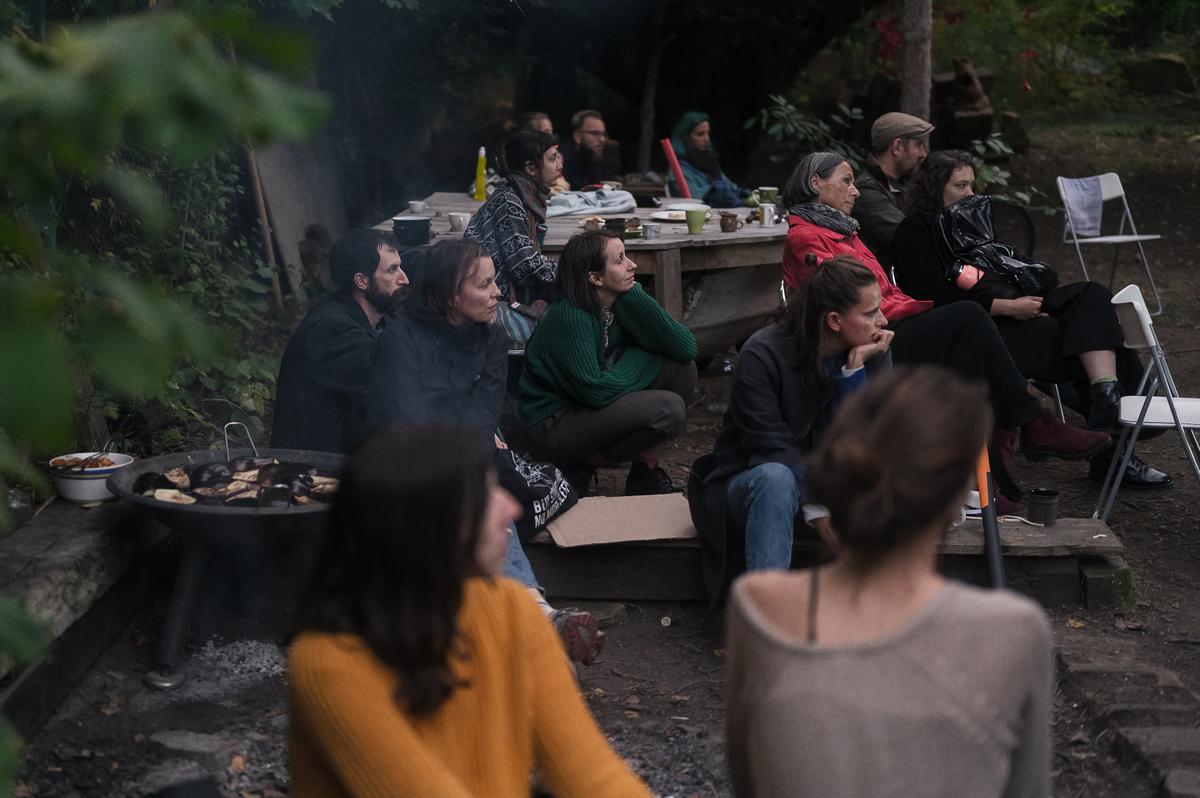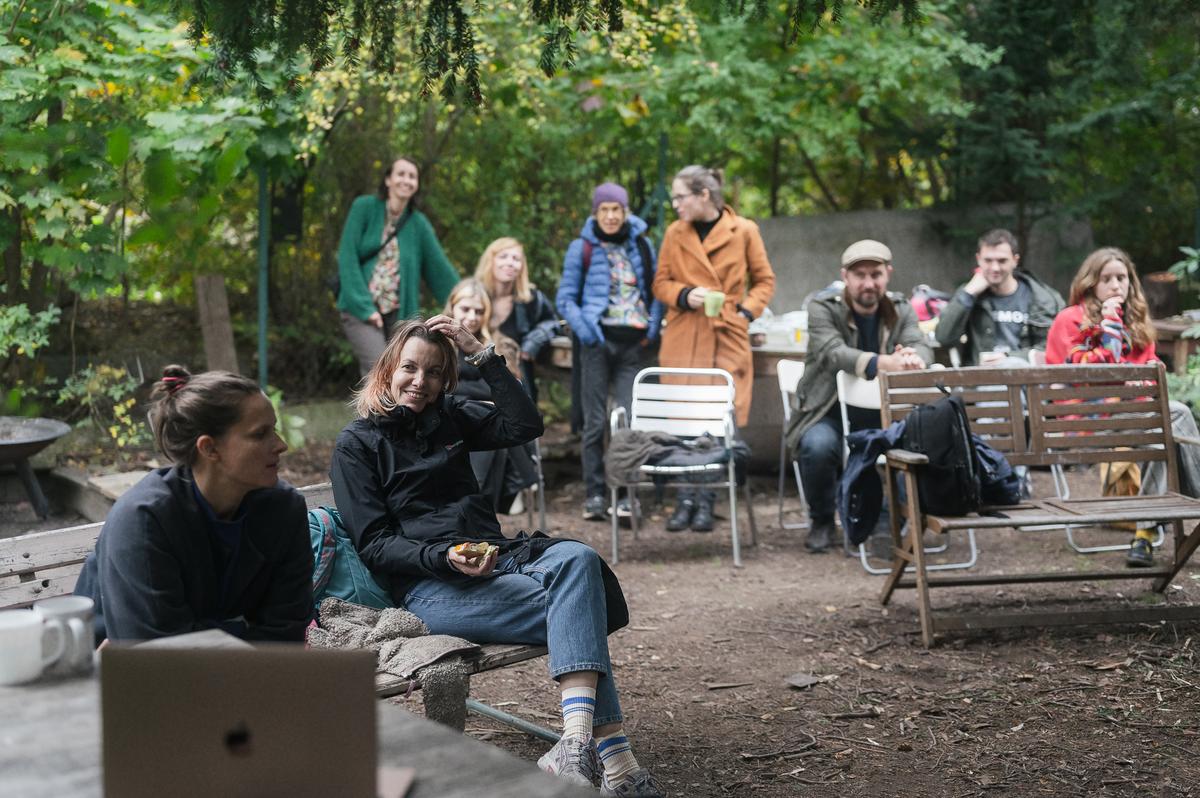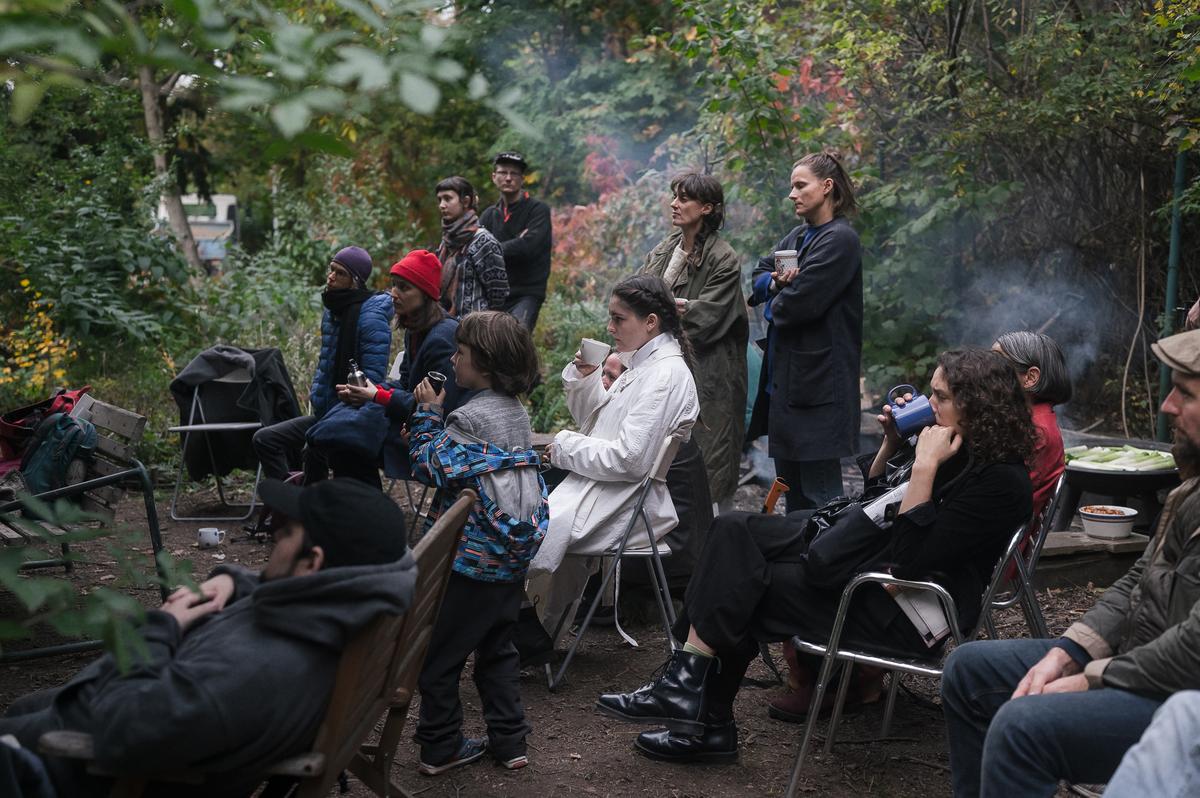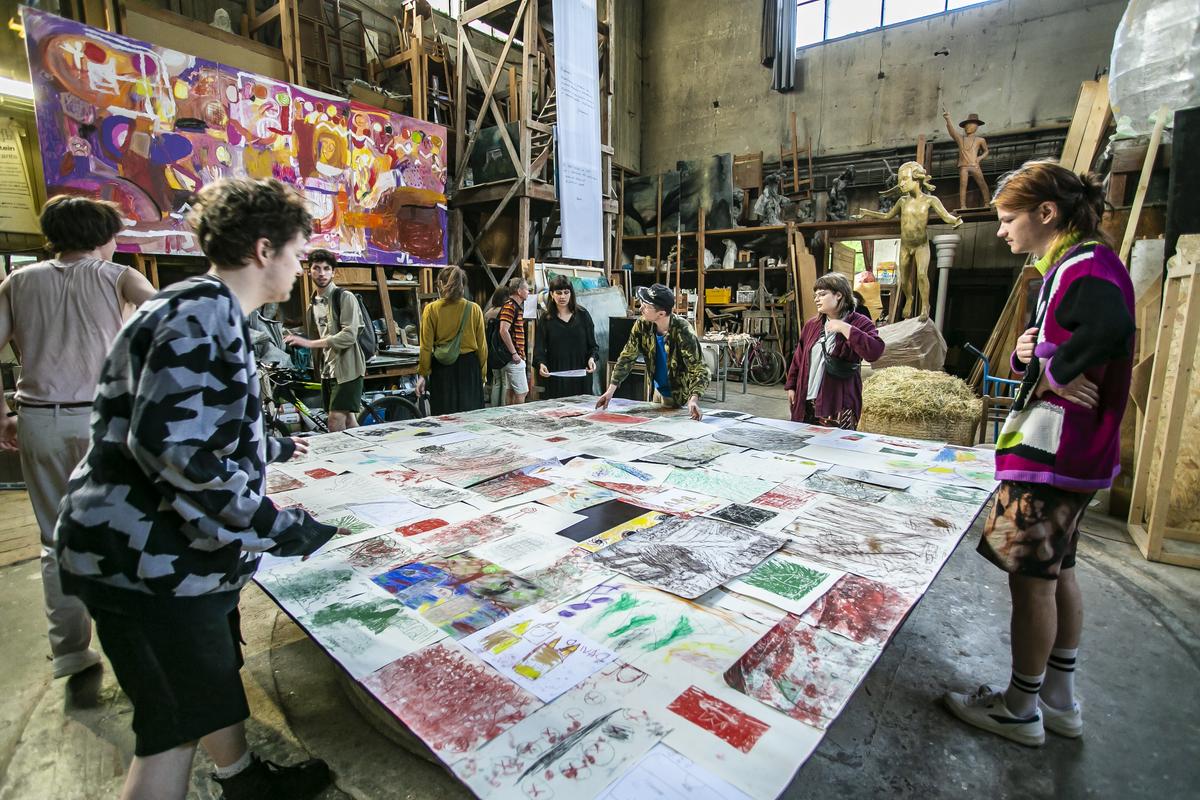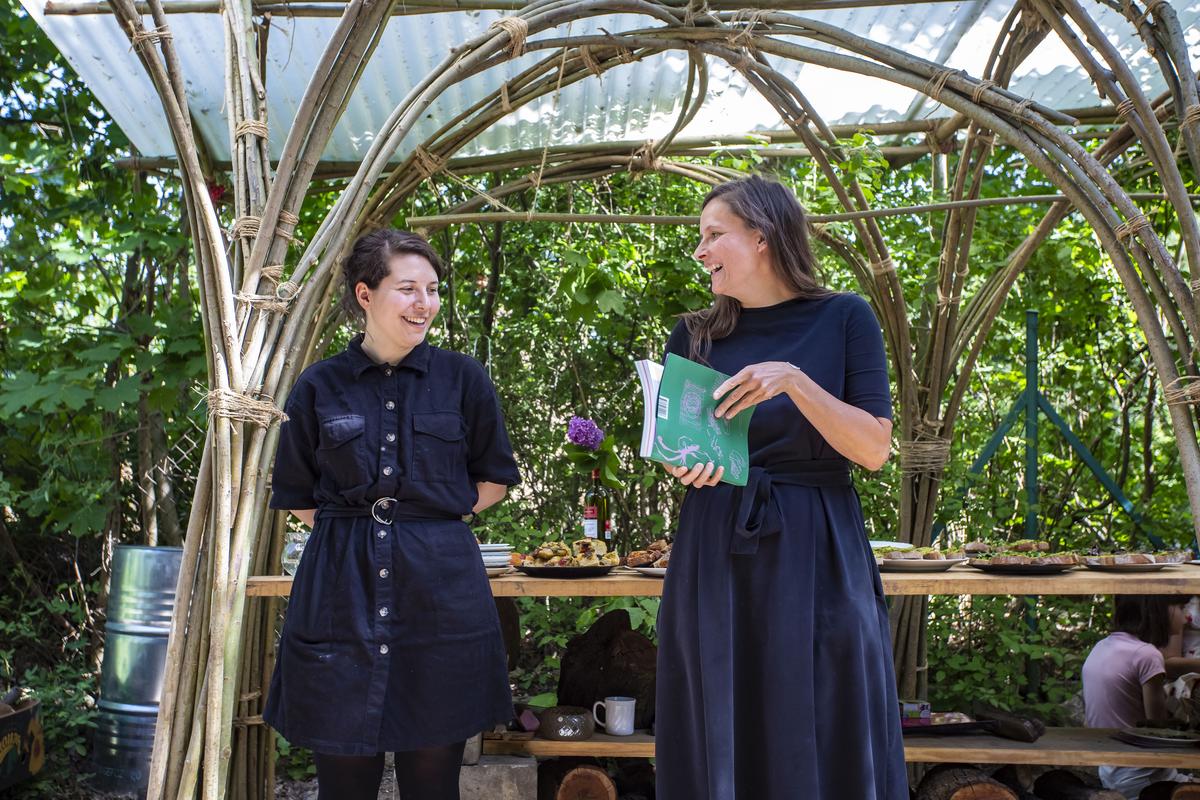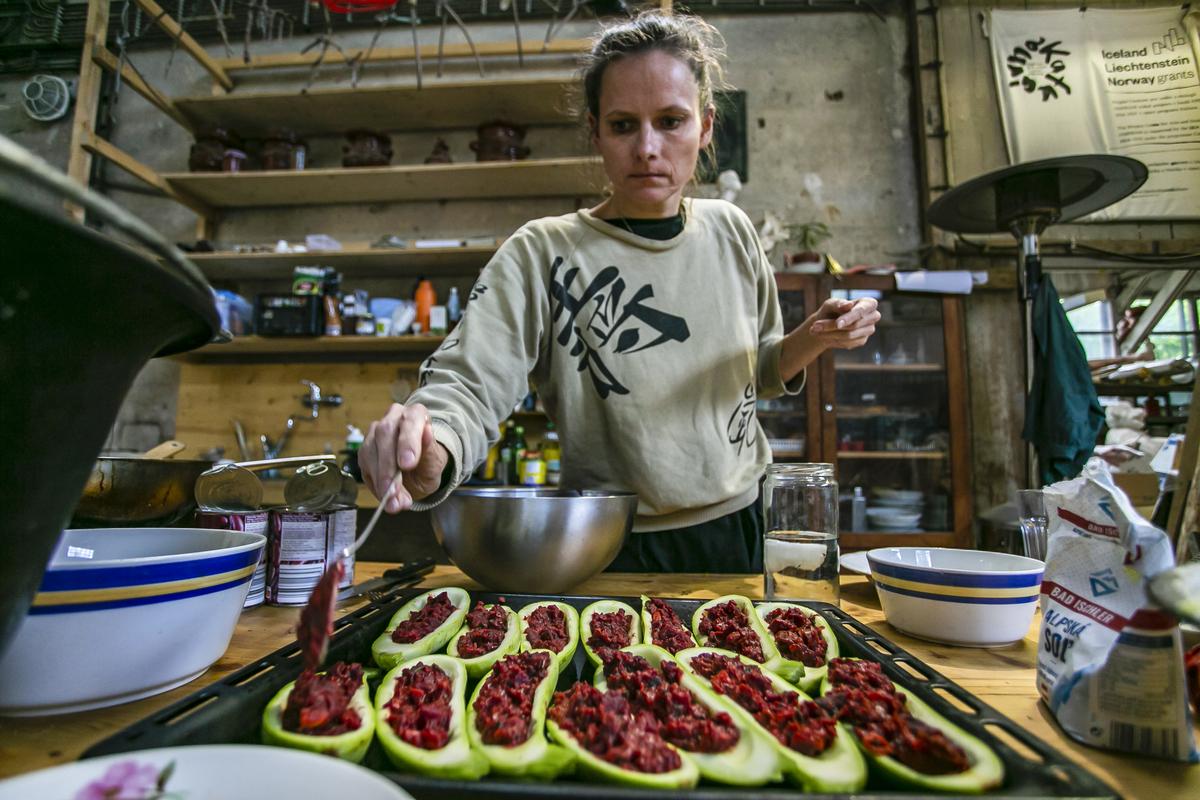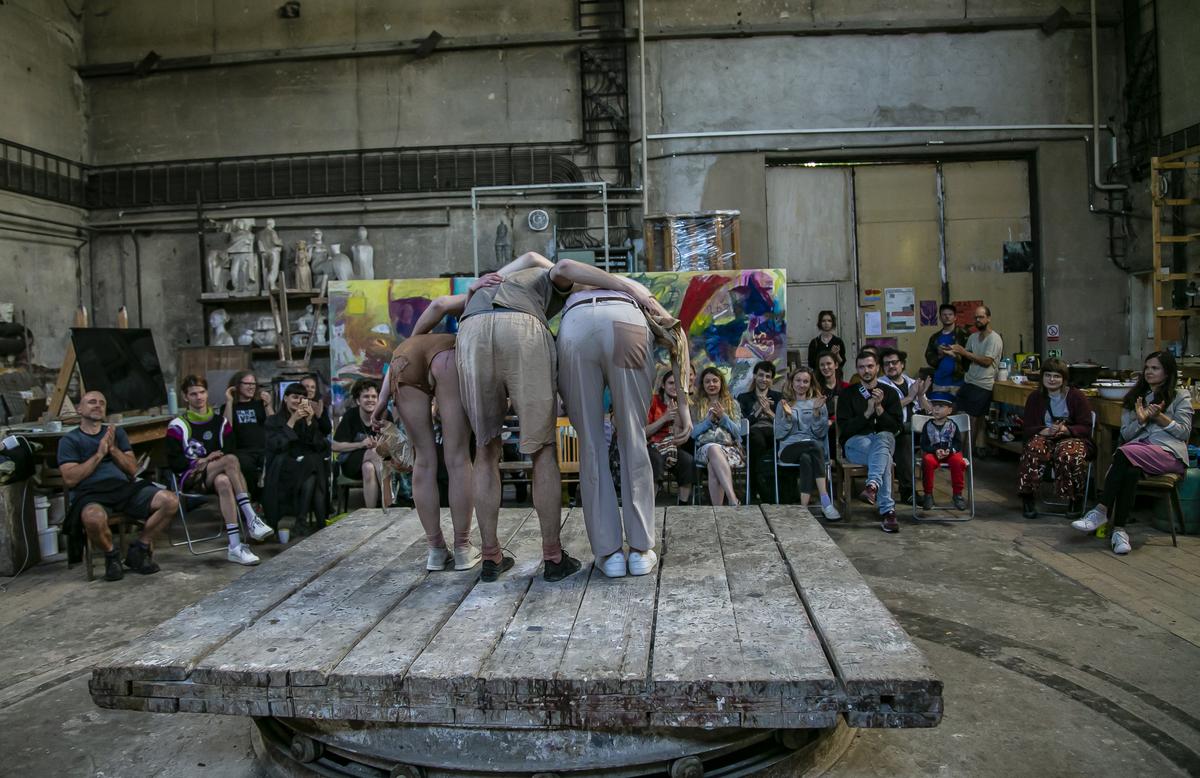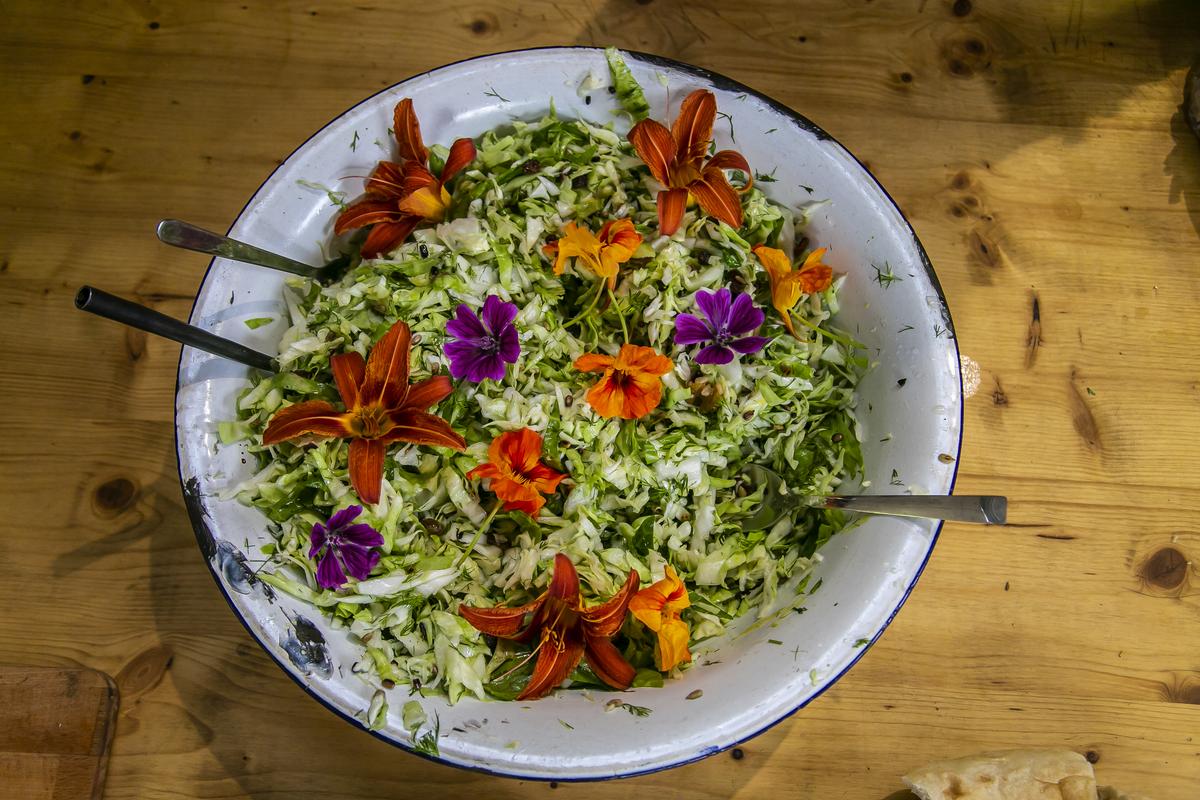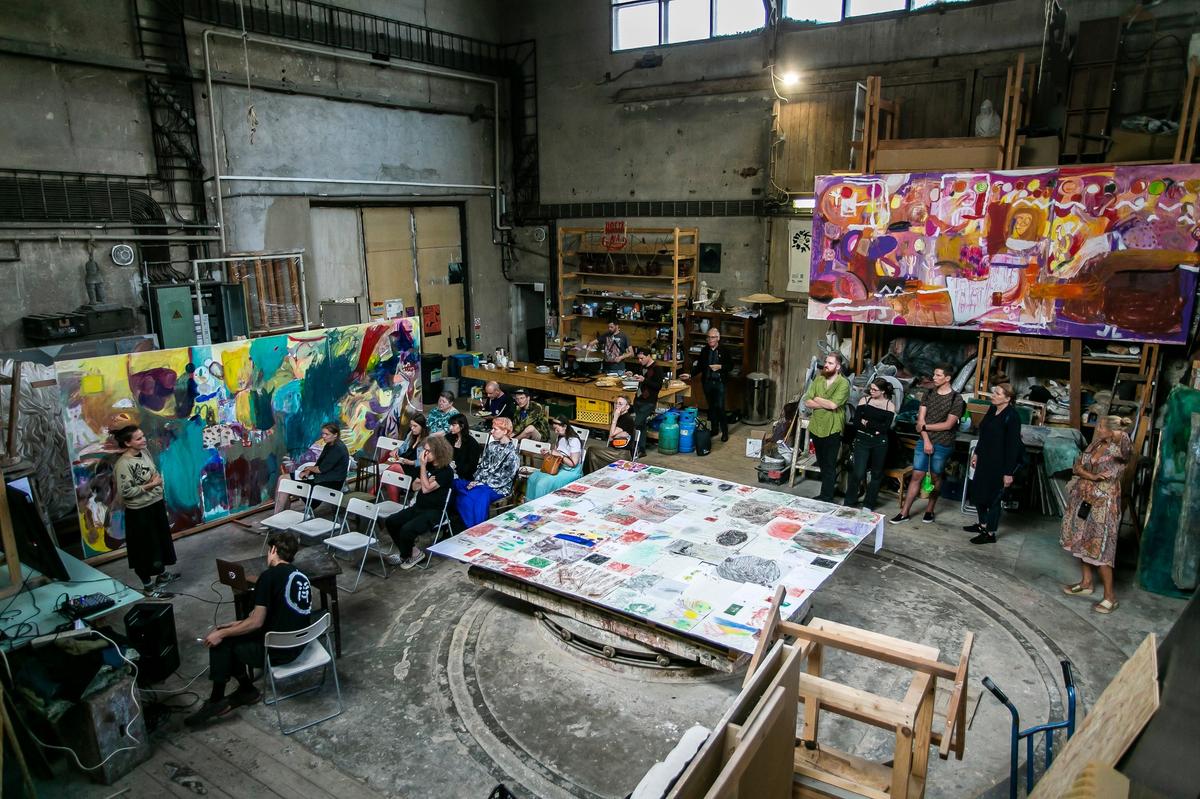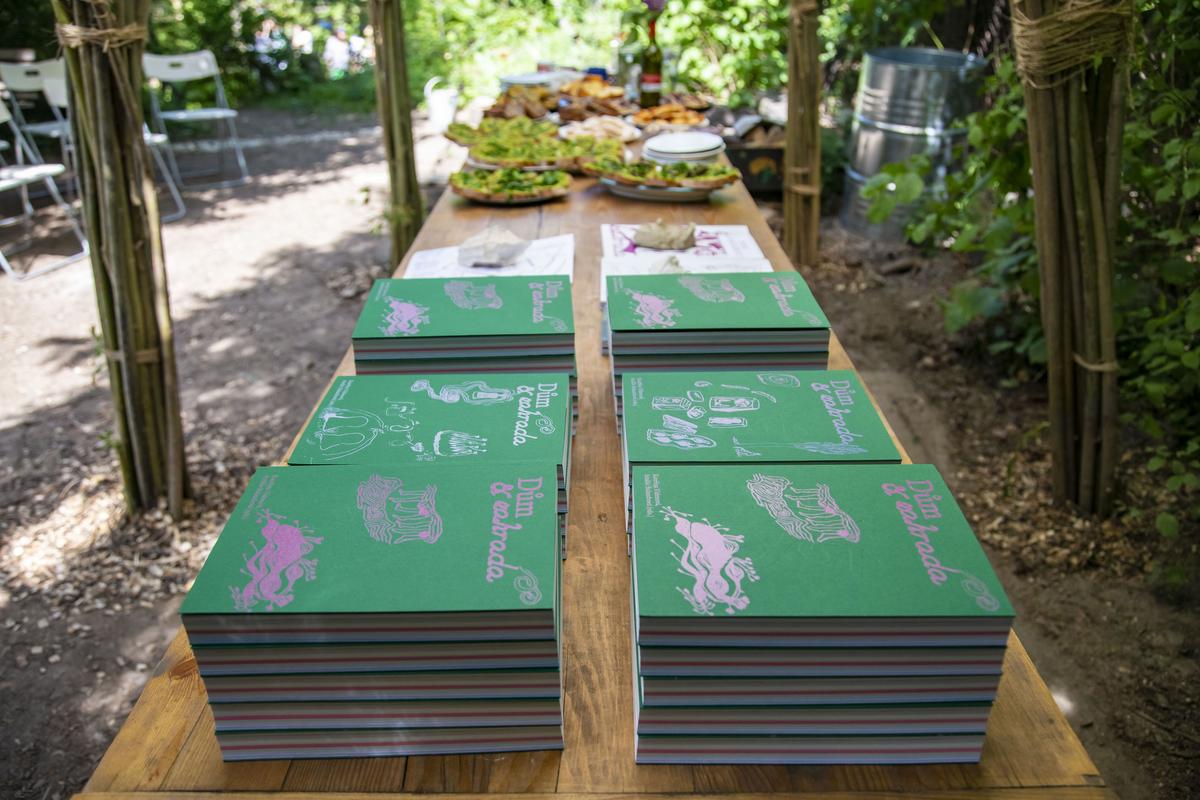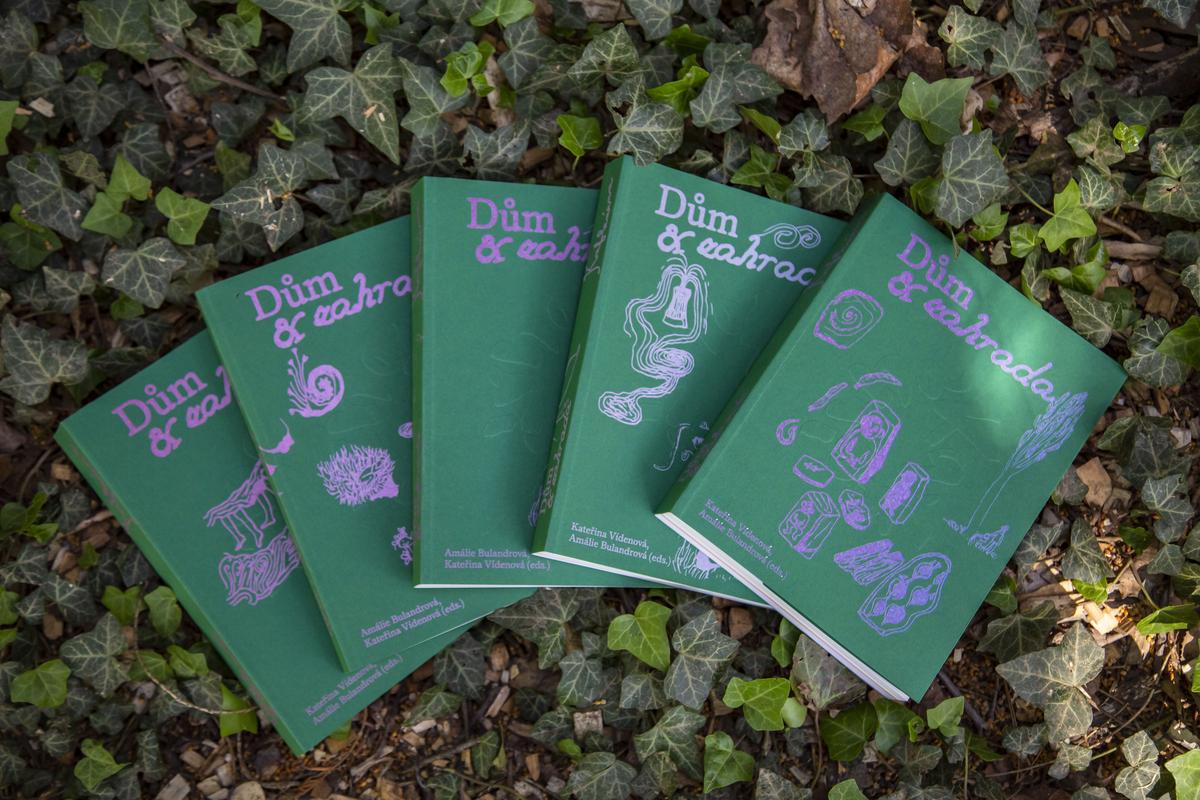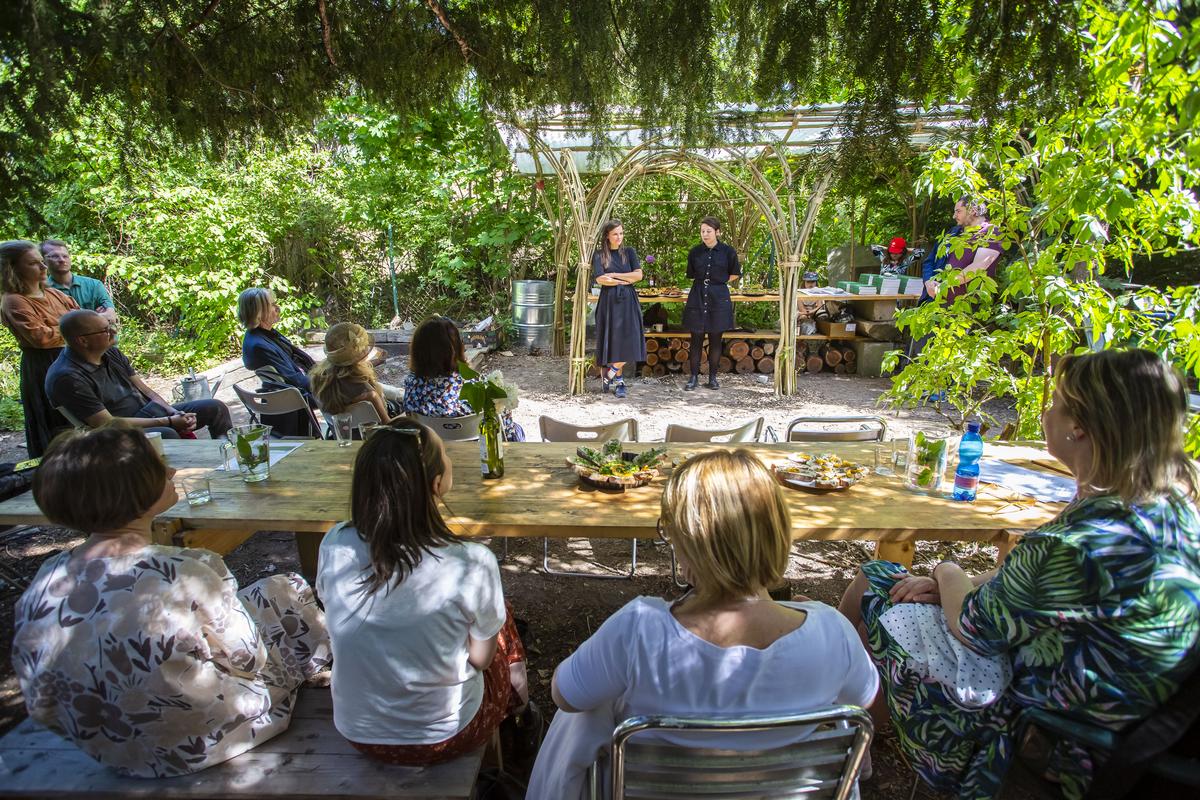Kafkárna: The Center for Art and Ecology
Kafkárna: The Center for Art and Ecology is a unique organism consisting of a building, a garden, people, sculptural artworks in a state of becoming, animals living here or passing by, plants, mushrooms, and the interactions between all of these actors. It invites those who are open to learning through art, theory, and collective practice, and engages them in a mutual intergenerational process of learning. It pays attention to natural processes beyond human control, as well as to often marginalized voices, perspectives, and practices. It also questions its own functioning, asking what it means to be an ecological institution—one that serves as both a creative and learning space, as well as a shelter in a world marked by multiple crises.
Kafkárna: The Place
Kafkárna is a 100-year-old sculpture studio and garden created for the renowned interwar sculptor Bohumil Kafka. Kafka realized his monumental works here, including the largest statue of Jan Žižka on horseback, located on Vítkov Hill in Prague. During the communist era, sculptors continued to work here, including a project for a monumental statue of Stalin in central Prague in the 1950s. Since 1989, the studio has been used by the Academy of Art, Architecture, and Design (UMPRUM) as a workspace for students to carry out their sculptural projects. The wooden building, originally intended as a temporary structure, is still largely in its original state and is surrounded by a large garden. Over the 100 years that artists have worked and lived here, many layers of art and history—mainly stones, fragments of sculptures, and trees—have accumulated in the studio and garden, creating a unique universe—a zone of creativity, gatherings, and refuge.
Kafkárna: The Program
In 2020, the UMPRUM Sculpture Studio began opening Kafkárna's space to the wider public, gradually defining its program at the intersection of ecology and art. A year later, the Centre for Art and Ecology UMPRUM was founded, with a program focused on three interconnected thematic cycles: building communities, ecofeminism, and degrowth. Between 2022 and 2024, a rich international program was realized with financial support from the Norwegian Funds. The core of the program included three symposia (October 2022, May 2023, and October 2023) as well as an exhibition opening and book launch (April 2024). Since then, shorter events for students and the public (workshops, readings, lectures, screenings, dinners) have continued to take place at Kafkárna, with part of the educational program related to art and ecology moving there.
Among other collaborations, Kafkárna has worked with the Berlin-based collective Raumlabor, which created several smaller structures in the garden: an outdoor classroom, a kitchen, and a pizza oven. Kafkárna has also collaborated with several artists from Concerned Artists Norway (CAN), an organization based on an island near Oslo, whose artistic methods align closely with our approach. Drawing on their experience, we have developed our center, and in addition to consultations, we have realized several workshops and performances with CAN at Kafkárna. Kafkárna is also a space where many students can realize their creative experiments. It also frequently organizes events for children, through temporary working groups, summer camps, and the publication of a children's magazine. Kafkárna has also recently published a two-volume book, The House and The Garden, which is a collective anthology and theoretical-artistic reflection on this ongoing project.






